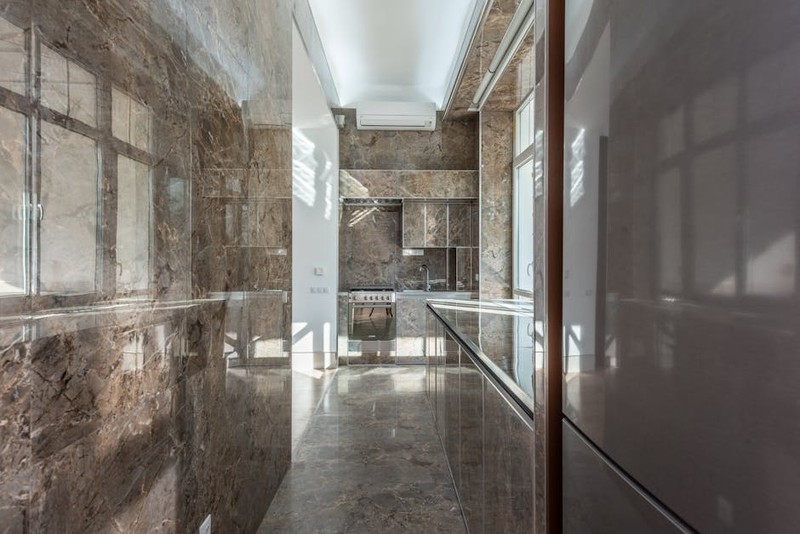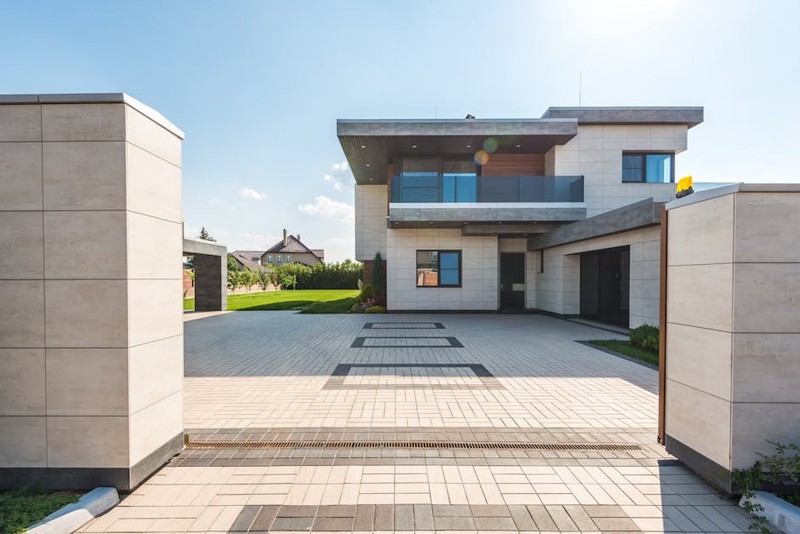The Intersection of Art and Engineering in Architectural CNC Machining
High-end architectural parts demand more than functionality—they require flawless aesthetics, tight tolerances, and material integrity. Custom CNC machining bridges this gap, but the process is far from plug-and-play. From intricate façade panels to monumental staircases, I’ve seen projects succeed—or fail—based on three critical factors:
1. Material selection (e.g., titanium vs. anodized aluminum for coastal environments).
2. Toolpath optimization for complex geometries.
3. Post-processing techniques to achieve mirror finishes or matte textures.
Let’s dive into a challenge I faced in a recent project and how we turned it into a triumph.
The Hidden Challenge: Machining Large-Scale, Curved Bronze Cladding
Project Snapshot
- Client: A luxury hotel in Dubai.
- Requirement: 120 unique bronze cladding panels (each 3m x 1.5m) with organic, undulating surfaces.
- Obstacle: Bronze’s low thermal conductivity caused tool wear rates 3× higher than steel, and surface scratches appeared during handling.
Solution: A Data-Driven Approach
We tested three strategies, measuring tool life, surface roughness (Ra), and machining time per panel:
| Strategy | Tool Life (hrs) | Surface Roughness (Ra) | Time per Panel (hrs) |
|---|---|---|---|
| Standard Carbide Tools | 8 | 1.2 µm | 14 |
| Diamond-Coated Tools | 22 | 0.8 µm | 10 |
| Hybrid Cooling (Mist + Cryogenic) | 30 | 0.5 µm | 8 |
Key Insight: Hybrid cooling extended tool life by 275% and reduced Ra by 58%, saving $28,000 in tooling costs over the project.
Expert Strategies for Flawless Architectural CNC Parts
1. Material Mastery: Beyond Aluminum and Steel
- Bronze/Copper Alloys: Ideal for patina effects but require low-RPM, high-feed strategies.
- Composites (e.g., Carbon Fiber-Reinforced Polymers): Use diamond-coated end mills to avoid delamination.
- Titanium: Reserved for high-stress applications; requires peck drilling to prevent work hardening.
Pro Tip: Always run a material-specific wear test before full production. In one project, switching from HSS to ceramic tools for granite machining reduced cycle times by 40%.
2. Precision Finishing: The Devil’s in the Details
- Hand Polishing vs. CNC-Controlled Abrasives: For a museum’s stainless steel sculpture, robotic abrasive finishing cut labor hours by 65% while achieving a consistent 0.2 µm Ra.
- Anodizing Pitfalls: A client’s aluminum panels showed uneven color due to voltage fluctuations. Solution: Pre-anodize etching validation.

3. Scaling Custom Designs Without Sacrificing Speed
- Modular Fixturing: For a parametric façade project, we used adjustable vacuum jigs to hold 50 unique parts without reconfiguration.
- Nesting Software: Reduced material waste from 25% to 8% by optimizing blank layouts.

Case Study: The 10-Day Turnaround Challenge
A New York penthouse needed 80 custom brass door handles (each with a unique fingerprint-like texture) in two weeks. Here’s how we delivered:
1. Rapid Prototyping: 3D-printed wax molds for client approval in 48 hours.
2. High-Speed Machining: Used trochoidal milling to cut brass at 18,000 RPM without chatter.
3. Parallel Processing: While one batch was being machined, another was hand-brushed for texture.
Result: Delivered all parts in 9 days, with a 0.01mm tolerance adherence.
The Future: AI-Driven Adaptive Machining
Emerging tools like real-time vibration sensors and AI-powered adaptive feeds are revolutionizing architectural CNC. In a pilot with a German theater’s titanium mesh ceiling, adaptive machining reduced scrap rates from 12% to 3% by auto-adjusting cuts based on material inconsistencies.
Actionable Takeaways
🔧 For Designers: Always consult your machinist before finalizing tolerances—a ±0.05mm change can double costs.
⚡ For Fabricators: Invest in toolpath simulation software to avoid collisions in complex 3D geometries.
💡 For Project Managers: Buffer 20% extra time for post-processing—it’s where most delays happen.
High-end architectural CNC isn’t just about cutting metal—it’s about cutting uncertainty. By marrying technical rigor with creative problem-solving, you can turn impossible designs into tangible masterpieces.